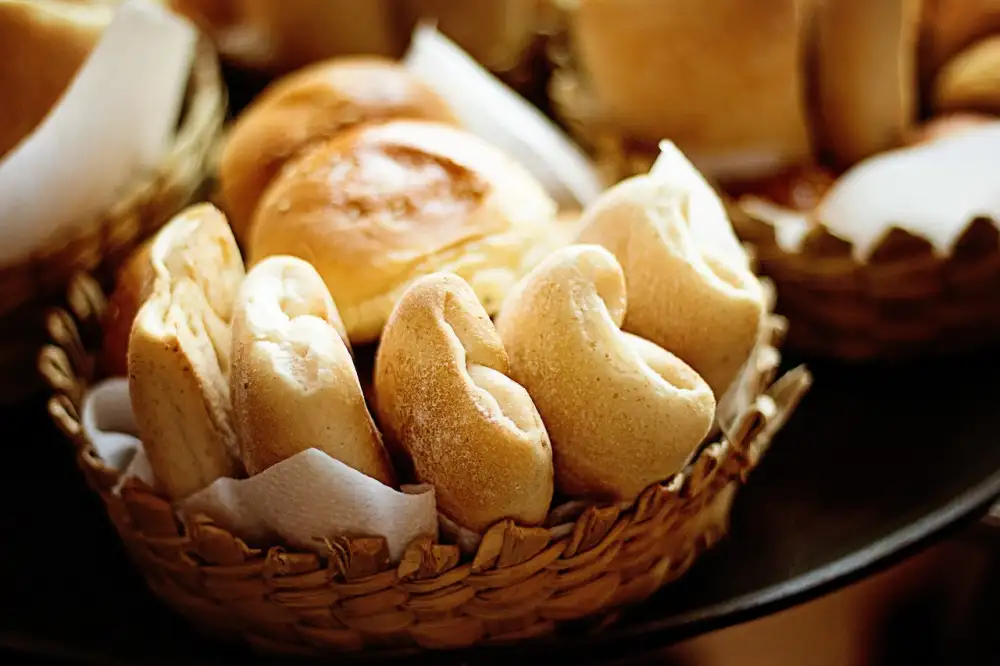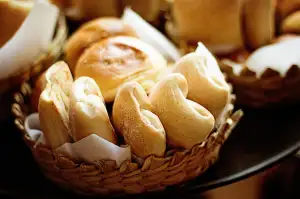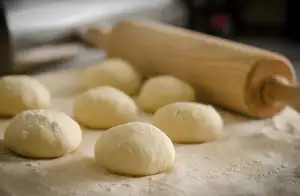Unlock the Secrets of Active Dry Yeast: Elevate Your Baking Game with This Essential Ingredient

Active dry yeast is a fundamental ingredient in baking that helps dough rise and gives bread its light and airy texture. It is made from a strain of yeast called Saccharomyces cerevisiae, which consumes sugars in the dough and produces carbon dioxide gas, causing the dough to expand. This process, known as fermentation, is essential for creating soft and fluffy baked goods like bread, pizza crusts, and rolls. Active dry yeast has a longer shelf life compared to fresh yeast and is easy to store at room temperature. Its versatility and reliability make it a staple for home bakers and professional chefs alike.
Benefits of Using Active Dry Yeast in Baking
Active dry yeast is a powerhouse ingredient in baking, offering numerous benefits that elevate the quality of your baked goods. One key advantage is its long shelf life, making it convenient and cost-effective for home bakers. It also provides consistent and reliable results, ensuring that your breads and pastries rise evenly every time. Active dry yeast enhances the flavor and texture of baked goods, giving them a light and airy crumb with a delicious aroma. Additionally, it is versatile and can be used in a wide range of recipes, from simple dinner rolls to elaborate sourdough loaves.
How to Activate Active Dry Yeast
To activate active dry yeast, start by warming water to around 110-115°F (43-46°C). Dissolve a pinch of sugar in the warm water, then sprinkle the yeast over the surface. Let it sit for about 5-10 minutes until it becomes frothy. This indicates that the yeast is alive and ready to use. If there is no foam or bubbling after this time, your yeast may be inactive and should be replaced. Proper activation ensures that your baked goods rise properly, so always check the expiration date on your yeast for best results.
Substituting Active Dry Yeast in Recipes
Substituting active dry yeast in recipes is possible, but it requires adjustments to ensure the same results. If a recipe calls for instant yeast, you can substitute it with active dry yeast by using 25% more active dry yeast than the amount of instant yeast specified. For example, if a recipe requires 1 teaspoon of instant yeast, you would use 1 and 1/4 teaspoons of active dry yeast. Additionally, you need to activate active dry yeast in warm water before incorporating it into the recipe. Remember to adjust rising times as well, as active dry yeast may take longer to rise compared to instant yeast. By following these simple guidelines, you can successfully substitute active dry yeast in your favorite recipes without compromising the final outcome.
Common Mistakes to Avoid When Using Active Dry Yeast
1. Using water that is too hot or too cold can kill the yeast. The ideal temperature for activating active dry yeast is between 105°F-110°F (40°C-43°C).
2. Adding salt directly to the yeast can inhibit its growth. It's best to mix the salt with the flour before incorporating the yeast mixture.
3. Not proofing the yeast before adding it to the recipe can lead to failed results. Always activate the yeast in warm water with a pinch of sugar to ensure it's alive and active.
4. Letting the dough rise in a drafty area or at temperatures that are too high or too low can affect the fermentation process. Find a warm, draft-free spot for optimal rising.
5. Over-kneading the dough can break down the gluten structure, resulting in dense baked goods. Follow recipe instructions for kneading times carefully.
By avoiding these common mistakes, you'll be on your way to successfully using active dry yeast in your baking endeavors and creating delicious treats every time!
Recipe Ideas Using Active Dry Yeast
1. Classic Homemade Bread: Start with a simple loaf of bread using active dry yeast to achieve that perfect rise and texture.
2. Pizza Dough: Create your own pizza dough from scratch using active dry yeast for a delicious homemade pizza experience.
3. Cinnamon Rolls: Indulge in sweet, gooey cinnamon rolls made with active dry yeast for that soft and fluffy texture.
4. Pretzels: Whip up a batch of soft pretzels using active dry yeast for that signature chewy texture and rich flavor.
5. Dinner Rolls: Bake a batch of warm and fluffy dinner rolls using active dry yeast to elevate any meal.
6. Bagels: Enjoy freshly baked bagels at home by incorporating active dry yeast into the dough for an authentic taste and texture.
Unlock the potential of active dry yeast in your baking endeavors with these delightful recipes that showcase the versatility and magic of this essential ingredient.
Published: 02. 05. 2024
Category: Recipes



